
CRISPR-Cas9 In Vivo Gene Editing of KLKB1 for Hereditary Angioedema
Abstract BACKGROUND Hereditary angioedema is a rare genetic disease that leads to severe and unpredictable swelling attacks. NTLA-2002 is an in vivo gene-editing therapy based

Abstract BACKGROUND Hereditary angioedema is a rare genetic disease that leads to severe and unpredictable swelling attacks. NTLA-2002 is an in vivo gene-editing therapy based

Abstract BACKGROUND Butantan–Dengue Vaccine (Butantan-DV) is an investigational, single-dose, live, attenuated, tetravalent vaccine against dengue disease, but data on its overall efficacy are needed. METHODS

Abstract Senescent cells, which accumulate in organisms over time, contribute to age-related tissue decline. Genetic ablation of senescent cells can ameliorate various age-related pathologies, including

Editor’s summary Genetic argininosuccinate lyase (ASL) deficiency results in excess blood ammonia and downstream neurological and metabolic impairments. Gurung et al. report that ASL deficiency in patients

Highlights Summary The therapeutic potential for human type 2 innate lymphoid cells (ILC2s) has been underexplored. Although not observed in mouse ILC2s, we found that

Abstract The success of chimeric antigen receptor (CAR) T cell therapy in treating several hematopoietic malignancies has been difficult to replicate in solid tumors, in
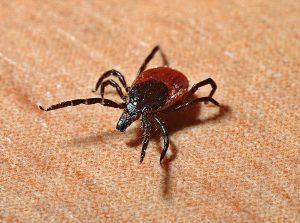
Abstract The deer tick transmits nearly half of the known tick-borne pathogens in the United States, and its expanding geographic range increases the risk of

Lyme disease is the most common vector-borne infectious disease in the United States, in part because a vaccine against it is not currently available for

Abstract Cutaneous squamous cell carcinoma (cSCC) is the most common metastatic skin cancer. The prognosis of patients with metastatic cSCC is poor emphasizing the need
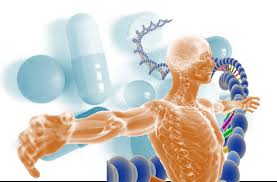
Abstract The rising utilization of circulating tumor DNA (ctDNA) assays in Precision Oncology may incidentally detect genetic material from secondary sources. It is important that
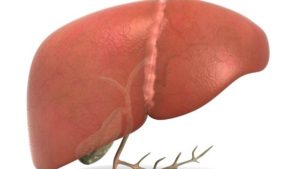
Highlights Abstract Background & Aims Metabolic dysfunction-associated steatohepatitis (MASH) is linked to insulin resistance and type II-diabetes and marked by hepatic inflammation, microvascular dysfunction, and
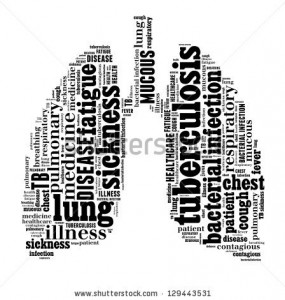
Highlights Abstract Tuberculosis (TB) accounts for 1.6 million deaths annually and over 25% of deaths due to antimicrobial resistance. Mycobacterium tuberculosis (M.tb) drives MCL-1 expression (family member of
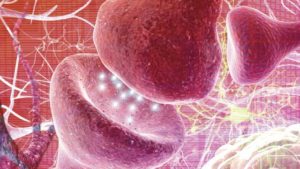
Abstract Mutations in SNCA, the gene encoding α-synuclein (αSyn), cause familial Parkinson’s disease (PD) and aberrant αSyn is a key pathological hallmark of idiopathic PD.

Highlights Summary Parkinson’s disease (PD) is a debilitating neurodegenerative disorder. Its symptoms are typically treated with levodopa or dopamine receptor agonists, but its action lacks

Abstract Insulin resistance is the primary pathophysiology underlying metabolic syndrome and type 2 diabetes1,2. Previous metagenomic studies have described the characteristics of gut microbiota and
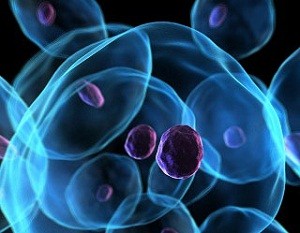
Abstract Cell-based therapeutics are an emerging modality with the potential to treat many currently intractable diseases through uniquely powerful modes of action. Despite notable recent

Editor’s summary The current opioid crisis emphasizes the need for nonaddictive pain treatments. Here Perez-Sanchez and colleagues evaluated whether direct inhibition of pain-related hyperactivity in

Abstract A well-functioning placenta is essential for fetal and maternal health throughout pregnancy. Using placental weight as a proxy for placental growth, we report genome-wide
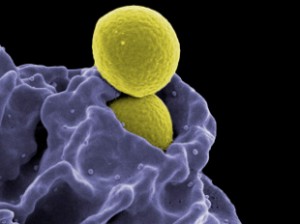
Editor’s summary Healthcare-associated infections are a leading threat to patient safety during hospital stays, and strategies to prevent such infections are lacking. Here, Yan et al.

Abstract BACKGROUND In treatment-resistant depression, commonly defined as a lack of response to two or more consecutive treatments during the current depressive episode, the percentage

Abstract Cost-effective strategies for identifying amyloid-β (Aβ) positivity in patients with cognitive impairment are urgently needed with recent approvals of anti-Aβ immunotherapies for Alzheimer’s disease
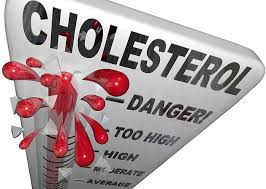
Abstract Familial hypercholesterolemia (FH) patients suffer from excessively high levels of Low Density Lipoprotein Cholesterol (LDL-C), which can cause severe cardiovascular disease. Statins, bile acid

ABSTRACT Staphylococcus aureus is a human pathogen with many infections originating on mucosal surfaces. One common group of S. aureus is the USA200 (CC30) clonal group, which produces
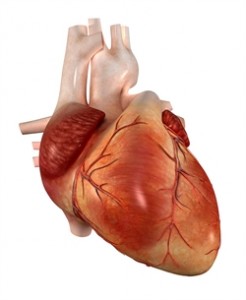
Editor’s summary Atrial fibrillation (AFib), the most common type of heart arrhythmia, is a serious condition that can result in atrial blood clots and thromboembolic

Abstract Spatial Protein Quality Control (sPQC) sequesters misfolded proteins into specific, organelle-associated inclusions within the cell to control their toxicity. To approach the role of
Created by ePubSystems. Contact Us for similar site for your university or institute.